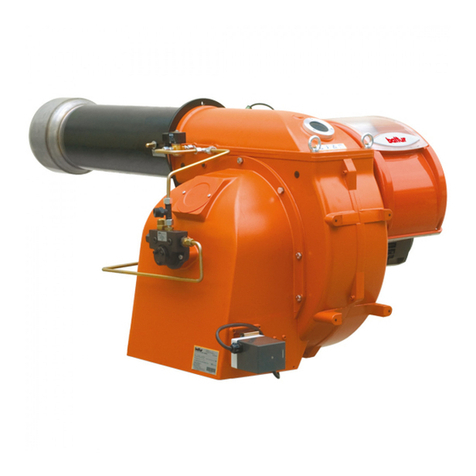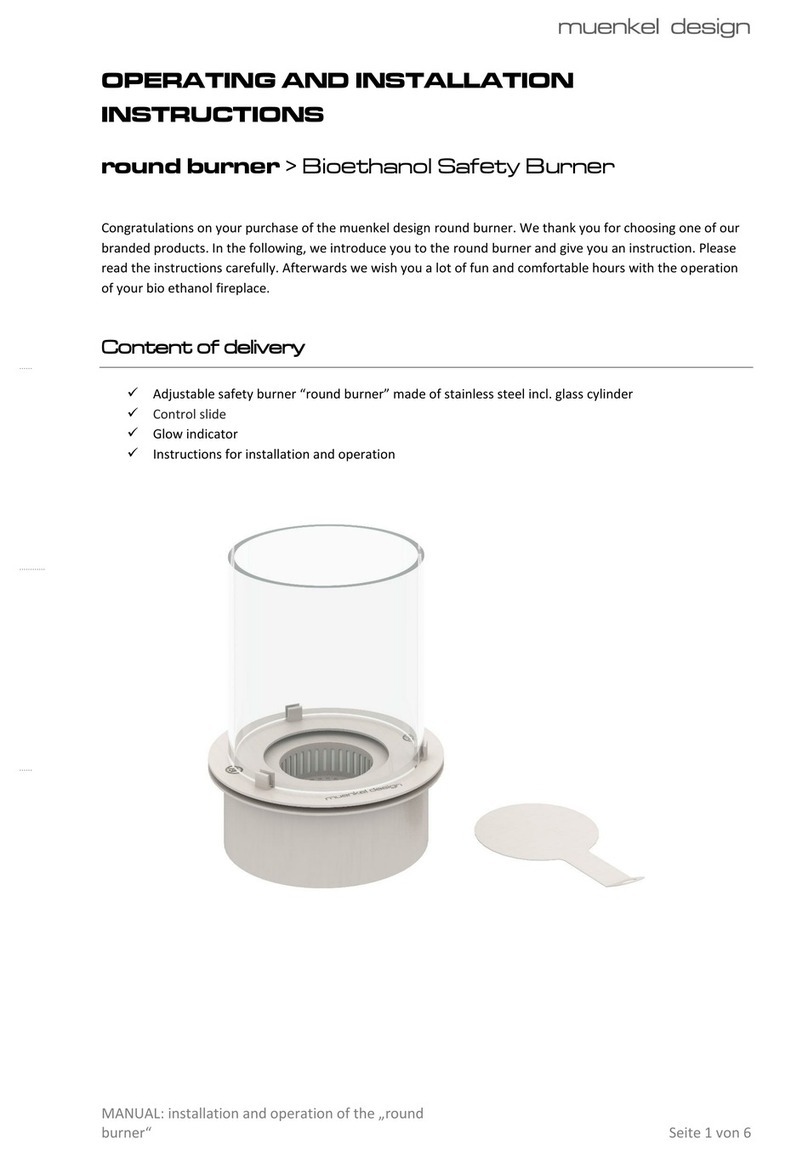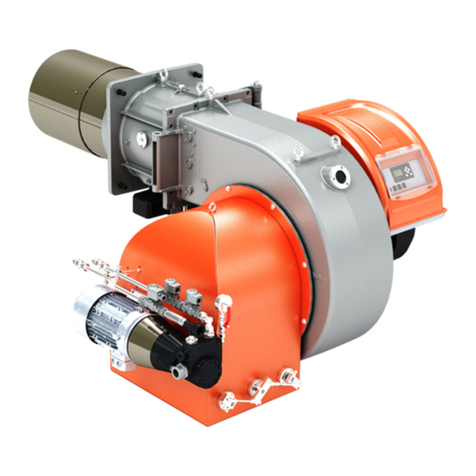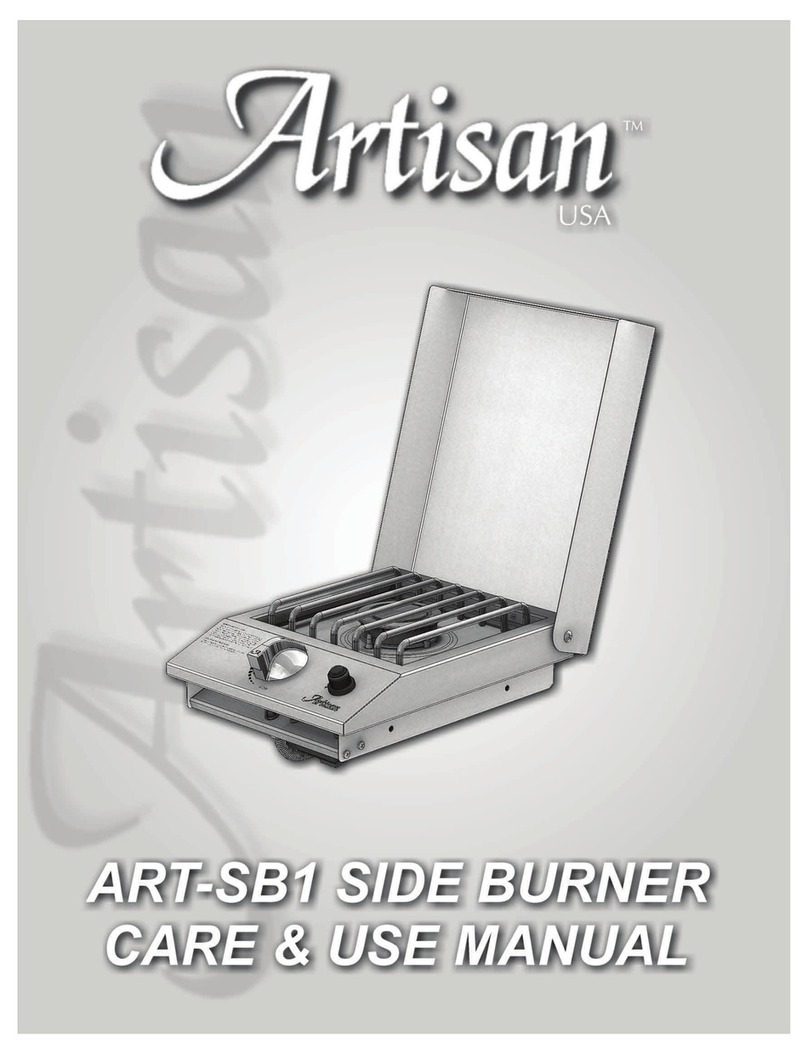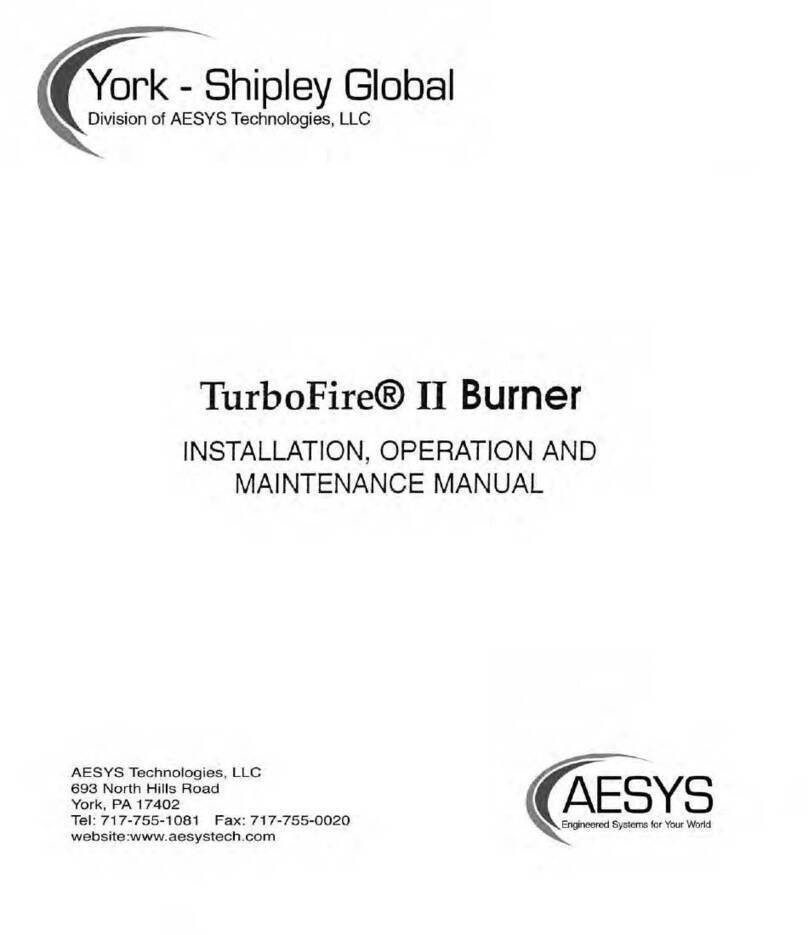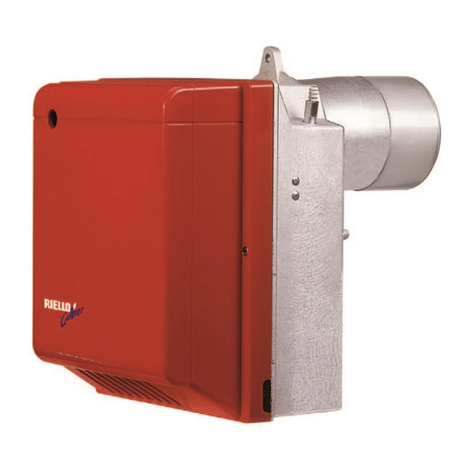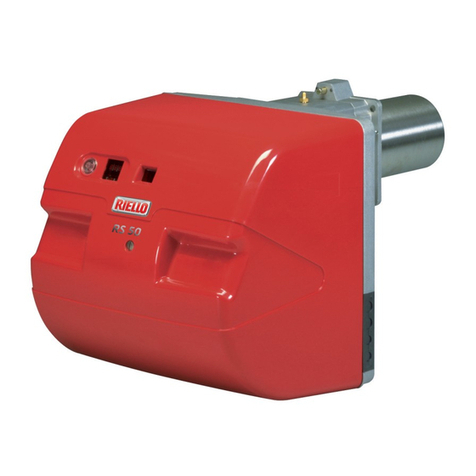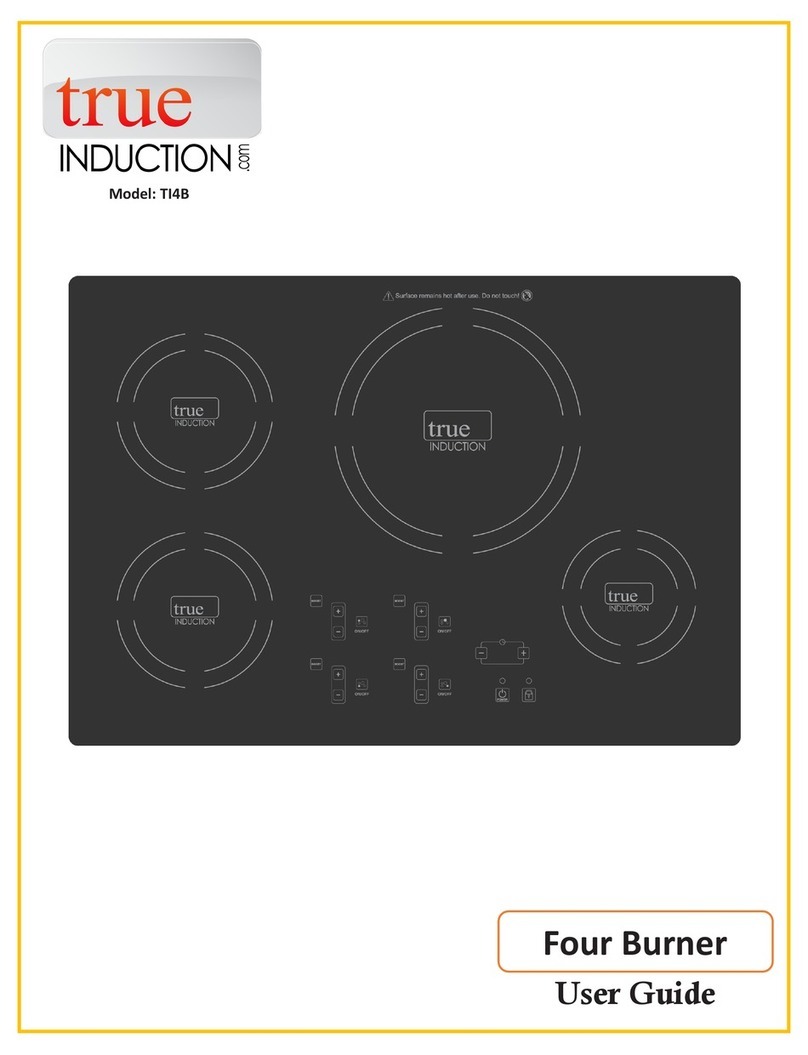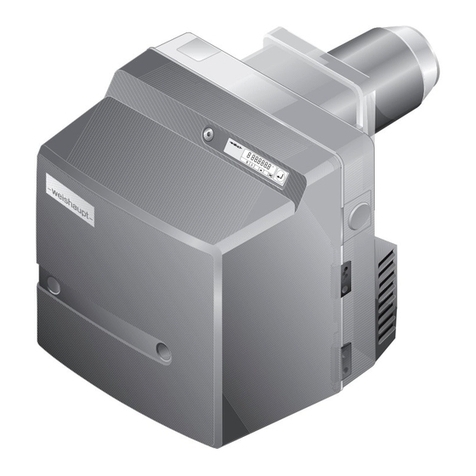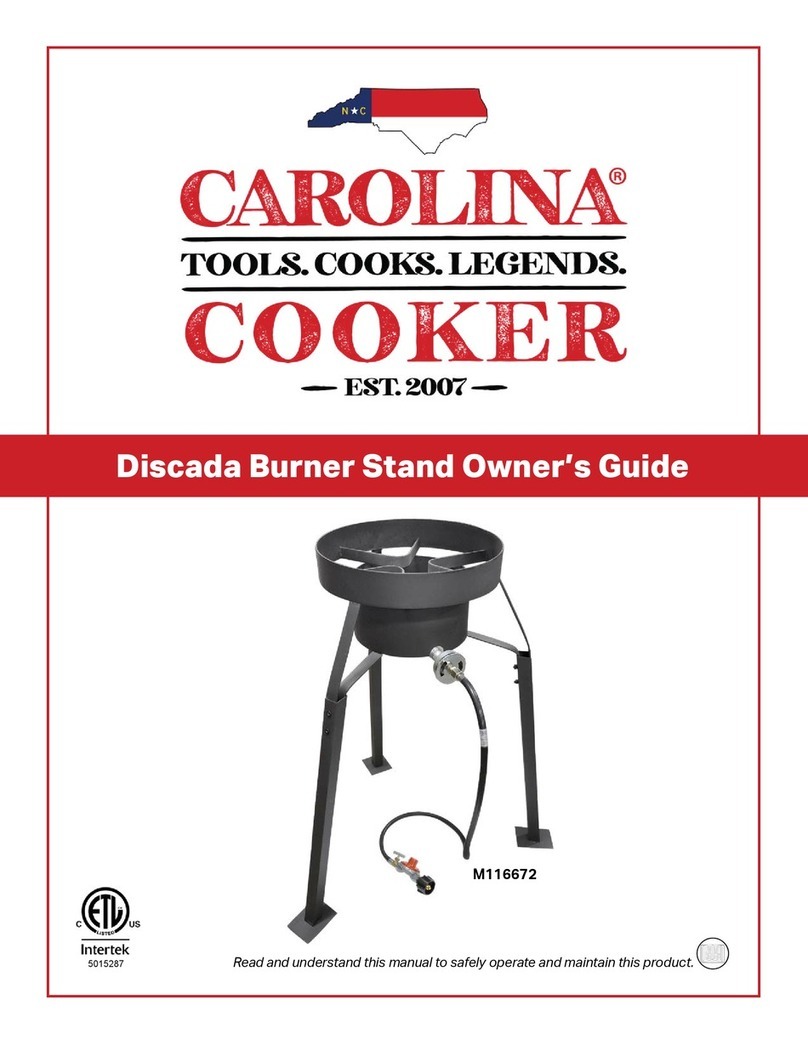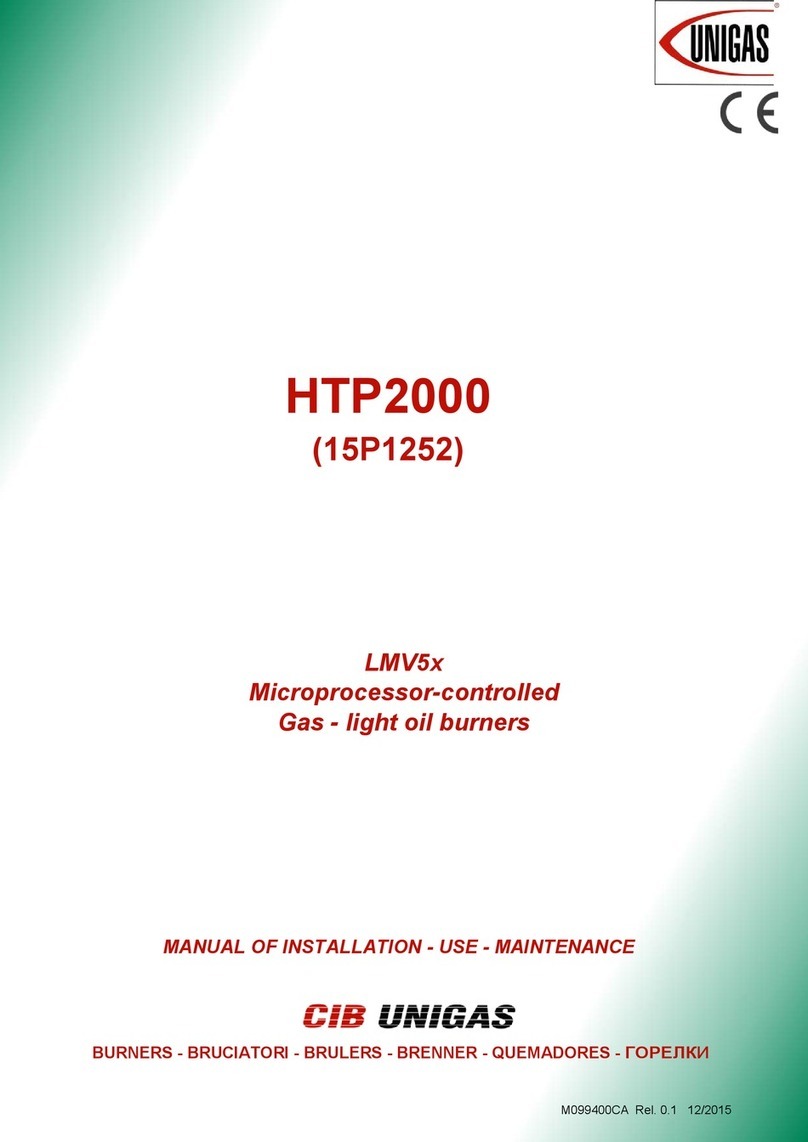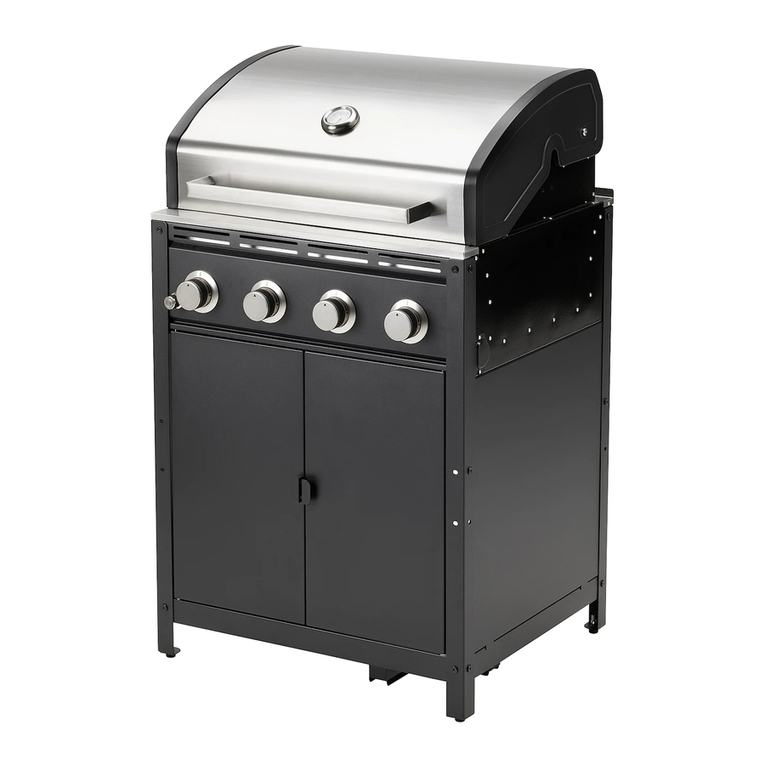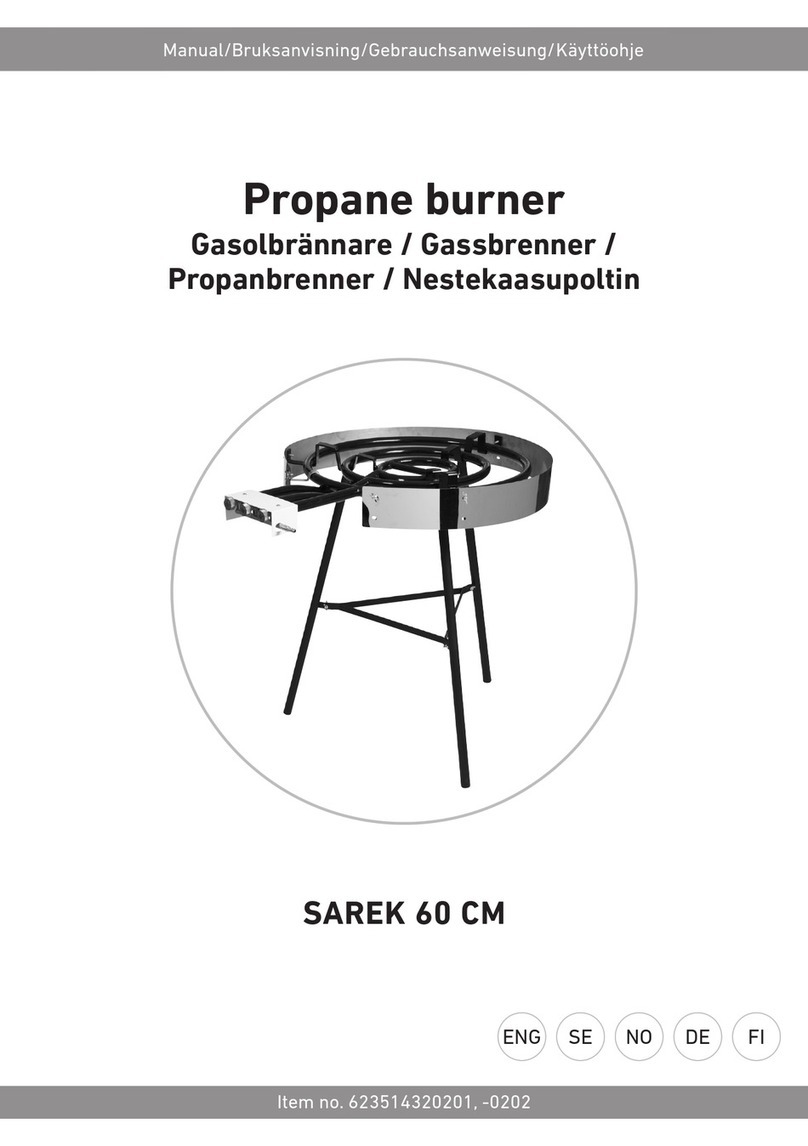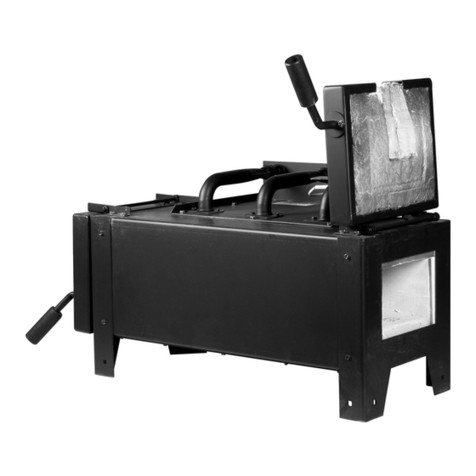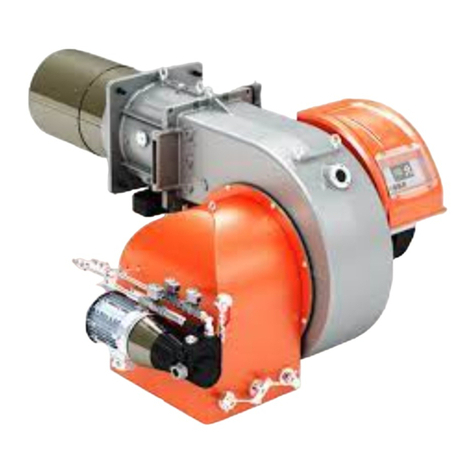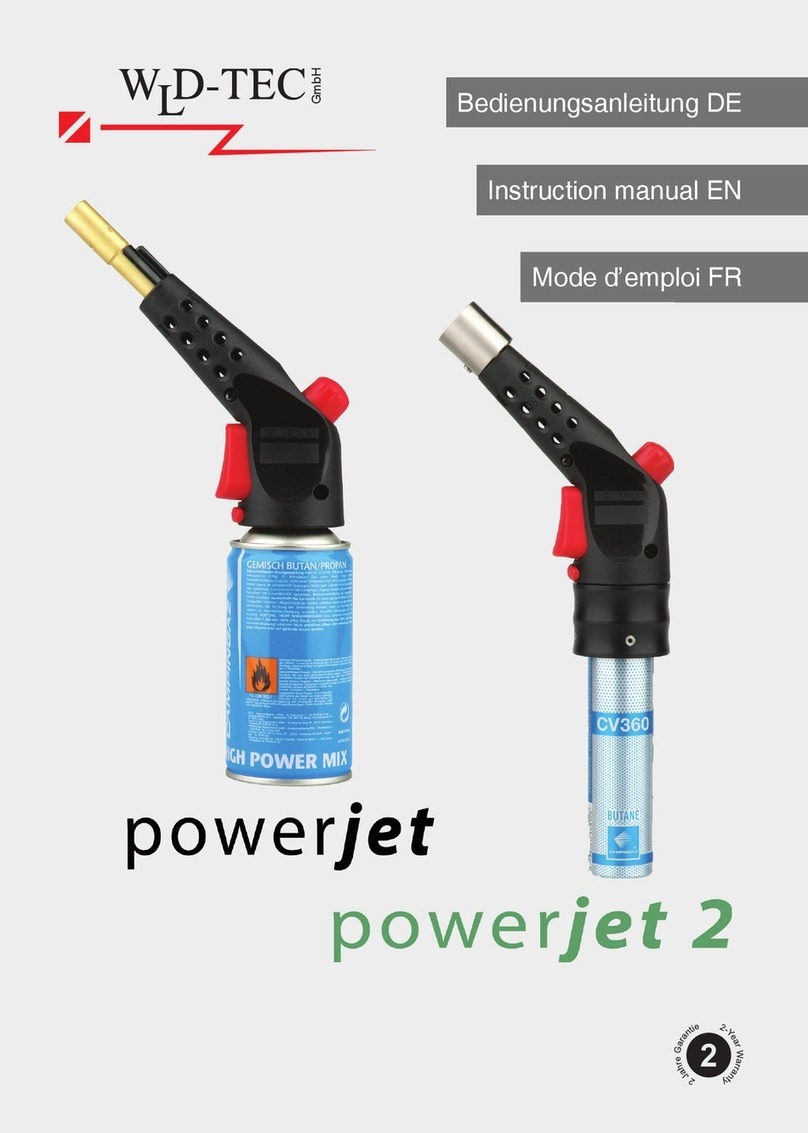
3
Packaged DX Module for Make-Up Air Unit
Storage
Units are protected against damage during shipment.
If the unit cannot be installed and operated
immediately, precautions need to be taken to prevent
deterioration of the unit during storage. The user
assumes responsibility of the unit and accessories
during storage. The manufacturer will not be
responsible for damage during storage. The following
suggestions are provided solely as a convenience to
the user.
Inspection and Maintenance During
Storage
While in storage, inspect units once per month. Keep
a record of inspection and maintenance performed. If
moisture or dirt accumulations are found on the parts,
the source should be located and eliminated. At each
inspection, rotate all moving parts by hand ten to
fifteen revolutions to distribute lubricant on motor and
bearings. If paint deterioration begins, consideration
should be given to touch-up or repainting. Units with
special coatings may require special techniques for
touch-up or repair.
Machined parts coated with rust preventative should
be restored to good condition promptly if signs of
rust occur. Immediately remove the original rust
preventative coating with petroleum solvent and clean
with lint-free cloths. Polish any remaining rust from the
surface with crocus cloth or fine emery paper and oil.
Do not destroy the continuity of the surfaces. Wipe
clean thoroughly with Tectyl® 506 (Ashland, Inc.) or
the equivalent. For hard to reach internal surfaces or
for occasional use, consider using Tectyl® 511M Rust
Preventative or WD-40® or the equivalent.
Models and Capacities
The Packaged DX Module for Make-Up Air Units is
manufactured in three different platform sizes, each
of which has several
different output tonnage
options. Examine
shipping documents to
verify correct model of
the module as received.
Model Number
A metal plate is located on the fixed panel access
to the control center. The plate is marked with the
Platform Type and Tonnage (for example, H12-6).
Record the model number here:
Installation Issues
Provide and Install Switch S4
Each Packaged DX unit requires an On/Off switch to
enable the unit to run. This is a user supplied switch
that may be a toggle switch mounted in a 2 x 4 inch
electric box (mounted in a position chosen by the
user), or it may be a simple jumper or even a control
switch installed in a remote control panel supplied by
the factory. See also “Additional Control Components”
on page 7 of this manual.
Install Condensate Drain (P Trap)
The only installation step that
is specific to the DX module is
installation and priming of the
engineered P trap. Locate the
P trap kit that was shipped
with the unit and install the
kit in accordance with the
enclosed instructions.
Service Clearances
All make-up air units require minimum clearances on
all sides for routine maintenance. Filter replacement,
drain pan inspection and cleaning, fan bearing
lubrication and belt adjustment are all examples of
routine maintenance that must be performed. Blower
and motor assemblies and coil and filter sections
are always provided with a service door or panel for
proper component access. Clearances for component
removal may be greater than the service clearances.
Refer to submittal drawings for these clearance
dimensions. See also Page 4 of this manual.
Additional Clearances for Packaged DX
Units
Packaged DX units require additional service
clearance because they must have unrestricted
air movement around the condenser coil and
condenser fans. Hot air is being discharged from
the condenser fans during operation and the more
clearance available, the better the chance of avoiding
recirculation or coil starvation. This unit should never
be placed under an overhang or inside a building. A
minimum of 48 inches above the condenser fans is
recommended. See Page 4 of this manual.
Platform Tonnage
H12 3,5,6,8
H22 7,9,10
H32 10,12,16
®
